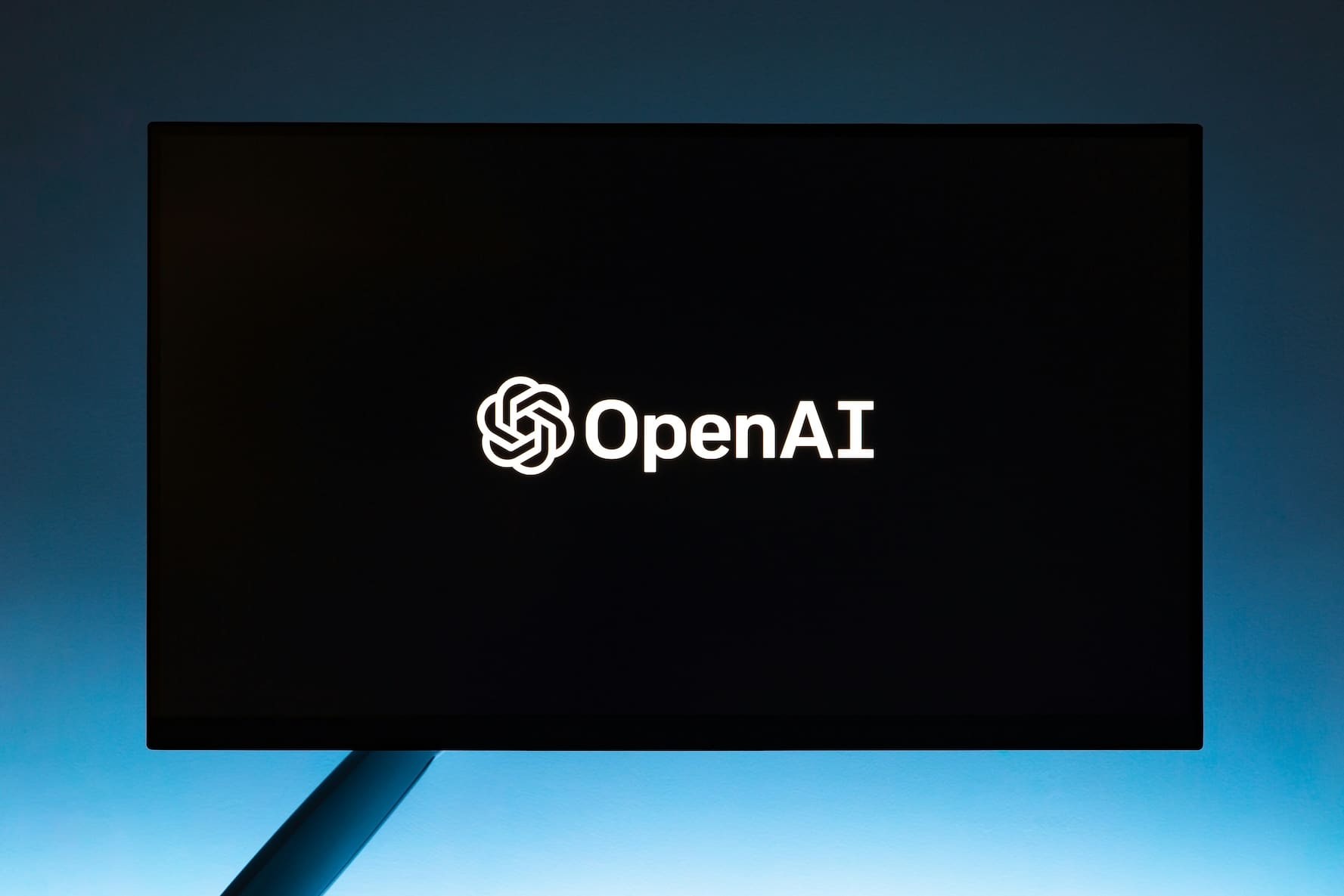OpenAI, the leading company in generative artificial intelligence, is considering the removal of a key clause that limits Microsoft’s control over the company in the event that artificial general intelligence (AGI) is achieved. This decision could mark a significant change in the relationship between both companies and in OpenAI’s foundational vision.
A Game-Changer
When Microsoft made its first investment in OpenAI in 2019, both parties agreed that if AGI were achieved, the tech giant would lose access to most of OpenAI’s data, models, and technology. This provision aimed to ensure that the development of AGI would not be controlled by a tech giant, in line with OpenAI’s original mission as a nonprofit organization.
However, rising costs and operational needs are leading OpenAI to reconsider this limitation. According to the Financial Times, this clause has become an obstacle to obtaining the necessary funding for large-scale projects, such as OpenAI’s plans to develop data centers with a capacity of 5 GW, an endeavor that could cost at least $100 billion.
Microsoft, which has already invested around $13 billion in OpenAI—primarily in cloud credits to train and operate its models—could be a key partner in funding these ambitious projects. The removal of this clause would facilitate new investments, which is crucial in the current context.
OpenAI’s Shift Toward a Profit Model
Since its founding, OpenAI has undergone a significant transformation. Originally conceived as a nonprofit organization, the company has adopted a for-profit business structure to address scale and development costs. Its CEO and co-founder, Sam Altman, highlighted this reality during a New York Times conference:
“When we started, we didn’t know we were going to become a product company or that we would need so much capital,” Altman said. “If we had known those things, we would have chosen a different structure.”
Altman also downplayed the significance of achieving AGI, a goal that was previously seen as a critical and potentially dangerous milestone for humanity. “My estimate is that we will achieve AGI sooner than most people think, but it will matter a lot less,” he remarked. Additionally, he emphasized that the main security concerns will not arise at the moment AGI is achieved, but during the subsequent development toward what he termed “superintelligence.”
Internal Challenges and Criticism of the Shift
The debate over the AGI clauses and OpenAI’s shift in mission has generated internal tensions. Richard Ngo, a researcher in artificial intelligence governance, recently left the company, citing that it has strayed from its original mission of ensuring the safe development of AGI. Ngo joins a list of high-profile departures that includes co-founder Ilya Sutskever, who started his own company; John Schulman, who joined Anthropic; and other leaders like Greg Brockman and Mira Murati.
These departures reflect the tensions arising from OpenAI’s transition toward a more commercial business model. However, Altman defends that these decisions are necessary to ensure the company’s viability and growth in a competitive and costly environment.
A New Path for Artificial Intelligence?
The possible elimination of restrictions on AGI underscores how financial and strategic needs are redefining OpenAI’s mission. While the company remains committed to advanced research, the pressure to meet increasing infrastructure and funding demands could open the door to greater control by Microsoft and other tech giants.
This change raises questions about the future of OpenAI and its ability to balance commercial objectives with its vision of developing artificial intelligence responsibly. In any case, the debate over AGI and the ethical implications of its development will continue to be central topics in the evolution of artificial intelligence in the coming years.
Source: AI News

